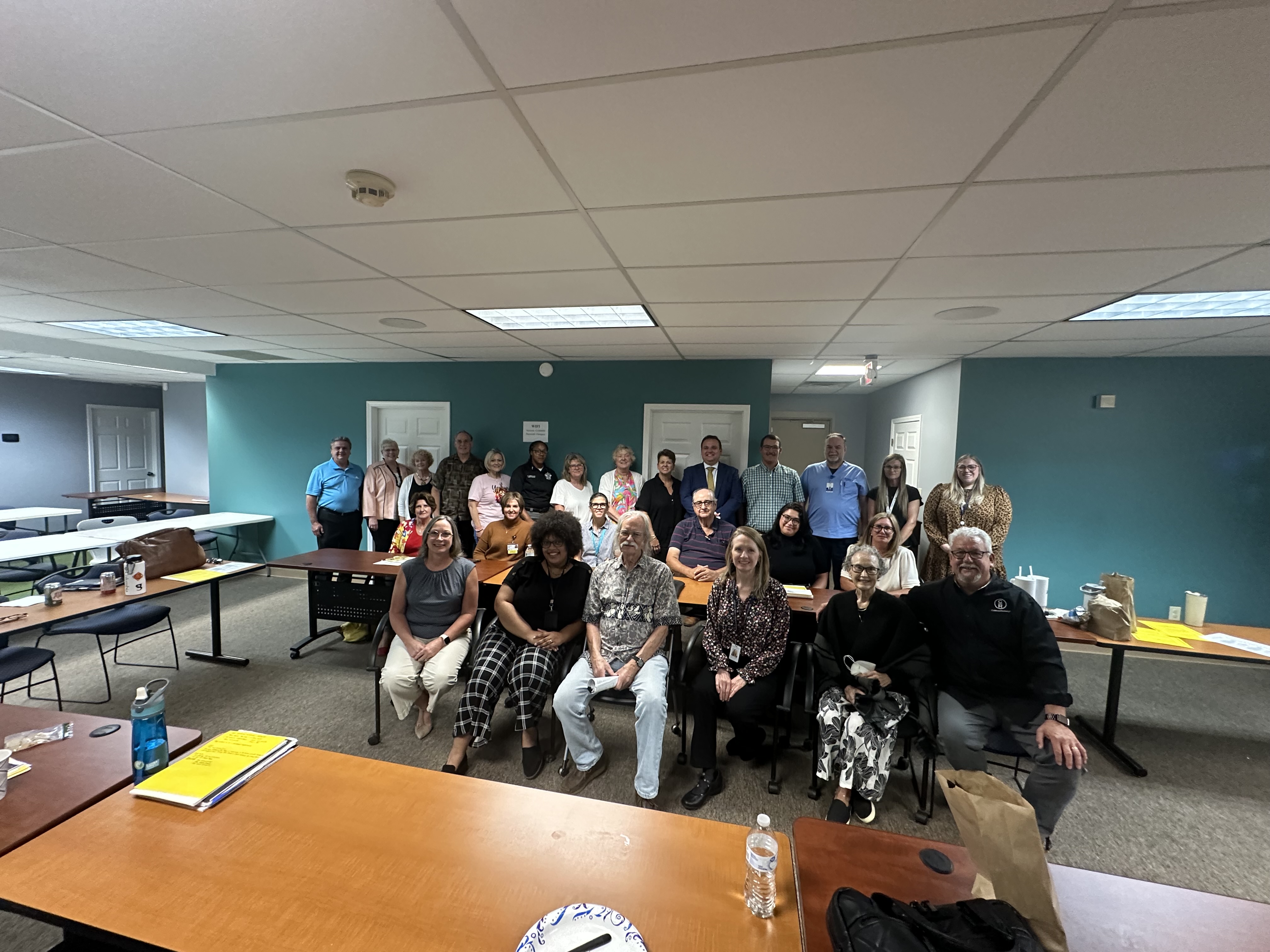Witt: The slow path to democracy
Published 10:53 am Tuesday, September 3, 2019

- Chuck Witt is a retired architect and a lifelong resident of Winchester.
Every year when Americans celebrate the Fourth of July, marveling at the obligatory parades and the proliferation of fireworks (virtually all of which are made in China), it is perhaps true that all of us revel in the sanguine ideas that have led us to believe that America’s road to independence and a governing republic came about quickly and with universal approval.
Of course, July 4 is celebratory of the signing of the Declaration of Independence, our formal statement to the king of England of our intent to establish self-government.
But the road to that governance was not smoothly paved nor rapidly traversed. It was filled with potholes, ruts and detours, as well as a roadblock called (by Americans) the Revolutionary War. That war came perilously close to permanently sidetracking the efforts to create an independent nation.
Trending
The Declaration of Independence was only the first step.
Following hard on the heels of the Declaration, delegates from the states came together to promulgate the Articles of Confederation, established to guide the new government. It should be remembered that, while negotiations for the Articles were underway, a war was also active.
The Articles were approved and sent to the states for ratification in November 1777 and it took four years for 13 states to ratify, by March 1, 1781. The Treaty of Paris, ending the war, was not signed until Sept. 3, 1783.
Almost immediately after ratification, there were elected representatives who realized that the Articles were woefully inadequate for governing a new nation, most notably James Madison.
Thus began an eight year effort to create the Constitution.
When delegates were called to convene in Philadelphia, many thought they were coming together to amend the Articles, and were surprised to be confronted with an obvious effort to create a whole new document, one that would more clearly define the roles of a federal government in relation to rights reserved to the states and to individuals.
Trending
The process was not without rancor or argument or disagreement, with interests split between the Federalists and Anti-federalists, those who favored a strong central government and those who believed that states should continue to control their own destinies, without oversight.
But it was clear that a nation – a grouping of states and interests with common goals – could not exist within the confines of the Articles of Confederation.
And the states’ interests were as varied as the individuals representing each one. Some were seafaring, some with strong agricultural interests, some permitting slavery, some not.
Even after the Constitution had received the approval (not unanimously) of the delegates, getting it ratified by the required nine states was no simple task and Rhode Island did not ratify until May 29, 1790.
Almost immediately, 12 amendments were proposed, resulting in the 10 Bill of Rights, which were finally ratified by the vote of Virginia on Dec. 15, 1791.
Interestingly the two proposed amendments left out concerned the population system of representation and prohibiting varying the payment of legislators from taking effect until an election had intervened. This second, un-adopted proposed amendment was finally ratified in 1992.
Two readable books of this period are “Founding Brothers” by Gary Nash and “Miracle at Philadelphia” by Catherine Drinker Bowen.
They were interesting times and not as calm and brotherly as most American history books would have us believe, but the end result clearly shows the value of compromise.
Chuck Witt is a retired architect and a lifelong resident of Winchester. He can be reached at chuck740@bellsouth.net.





